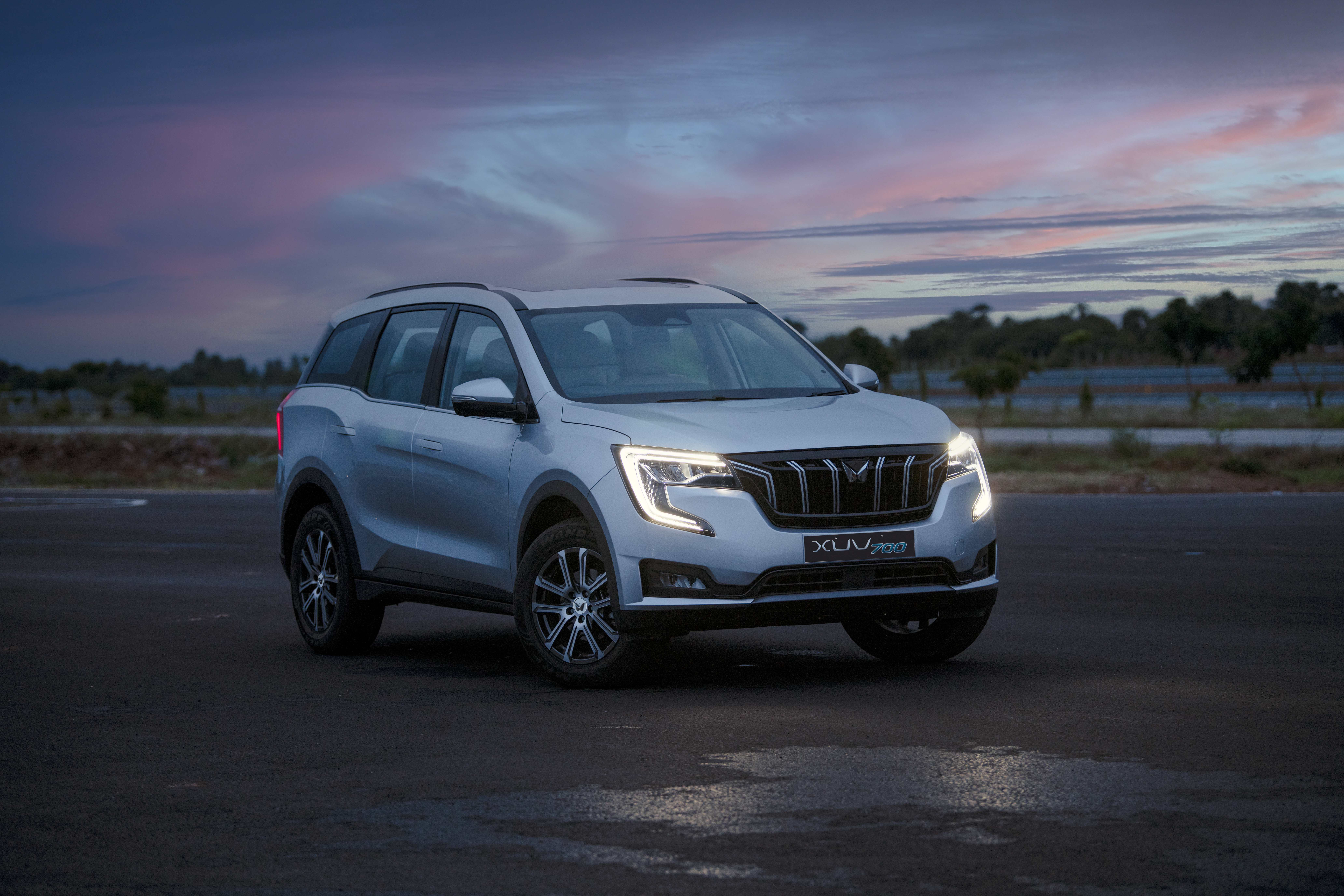Mahindra launches another bargain-priced SUV as it makes a determined attack on the Australian market. Does it make a sensible purchase decision? Here’s our launch review, with pricing, specs, ride and handling, safety, verdict and everything the over-50 driver needs to know.
Summary: Mahindra has just launched its second SUV in as many months and more are planned. The seven-seater XUV 700 should draw a lot of people into the expanding Mahindra dealer network.
2023 Mahindra XUV 700 medium-size SUV
Pricing: $36,990 (AX7, driveaway), $39,990 (AX7L, driveaway). Introductory pricing until August 31, 2023
Options: none
Warranty: Seven-years/150,000km, one-year roadside assist
Safety: Five-star Global NCAP, not ANCAP tested
Build location: India
Engine: 2.0-litre 4-cylinder turbo petrol
Power: 149W at 5000rpm
Torque: 380Nm at 1750-3000rpm
Transmission: 6-speed Aisin automatic, front-wheel drive
Body: 4695mm (long); 1890mm (wide); 1755mm (high)
Weight: 1829kg (AX7), 1835kg (AX7L)
Towing capacity: 1500kg
Wheels: diamond-cut 18-inch alloy
Tyres: 235/60R18
Spare wheel: full size steel
Ground clearance: 196mm
Approach angle: 22.6 degrees
Departure angle: 24.0 degrees
Turning circle: 11.5m
Fuel tank capacity: 60 litres
Official consumption: 8.3/100km (91 RON petrol)
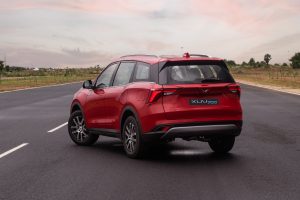
[review]
Launching an almost unknown brand into the Australian market is a daunting task, but one that Indian company Mahindra is determined to tackle. And as the Chinese are proving (and the Koreans before them), the best way to get a foothold is to offer unbeatable value for money.
Welcome to the crowded medium SUV segment
There are few more hard-fought vehicle categories than the medium-sized SUV segment. But one feature likely to put it on shopping lists is seven seats, so the Mahindra XUV 700 (they insist it should be pronounced “seven oh oh”) has an instant selling point.
As with the recently launched large SUV, the Scorpio, Mahindra appears to have chosen its price point at around $10,000 less than comparable competitors (it has benchmarked the Nissan X-Trail ST and Mitsubishi Outlander LS, but we’d suggest more up-spec models – the X-Trail ST-L and Outlander Aspire – will be on buyers’ shopping lists). The sharp price alone is almost certain to result in strong sales. The driveaway pricing of $36,990 for the entry level and $39,990 for the top-line model is an introductory price until August 31, but Mahindra wouldn’t be drawn on what the price is likely to be after the introductory period.
The range is simple: two models (the AX7 and the slightly better-equipped AX7L). Both are petrol-powered, front-wheel drive and offer seven seats.
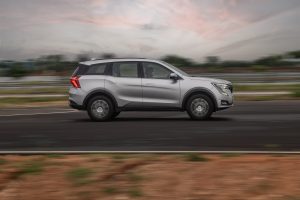
Other seven-seaters in the category include the Mitsubishi Outlander LS ($39,490 plus on roads), Honda CR-V VTi 7 ($40,990 driveaway), Mazda CX-8 G25 Sport ($42,060 plus on roads) and Nissan X-Trail ST AWD ($39,790 plus on roads). Perhaps closer in concept is the LDV D90 which kicks off at $38,990 driveaway. But the XUV 700 is far better equipped than any of these.
Just how well equipped is it?
The XUV 700 is remarkably well equipped, even in the entry-level AX7. At this price, the number of inclusions is truly noteworthy.
Both models get twin 10.25-inch screen, automatic LED headlights, daytime running lights, keyless entry with push-button start, synthetic leather interior trimming (available only in white – family buyers be warned! – but Mahindra says a black interior is under consideration), six-way power adjustment for the driver’s seat, six-speaker sound system, dual-zone climate control, rear-view camera, panoramic sunroof, tyre pressure monitoring and rain-sensing windscreen wipers. We will remind you again: this is the entry level model! The additional $3000 for the AX7L adds wireless phone charging, a higher quality sound system (12-speaker Sony), stop and go added to the adaptive cruise control, 360-degree camera and blind spot camera (not monitoring), driver’s knee airbag, electronic door handles and park brake and an illuminated vanity mirror. One oddity is that the AX7 gets only tilt adjustment for the steering column, while the AX7L gets both reach and tilt.
A “gee-whizz” factor is the pop-out door handles on the AX7L. Unfortunately, on one of the examples we drove, they popped out on one side and failed to pop back in again once we were inside the car.
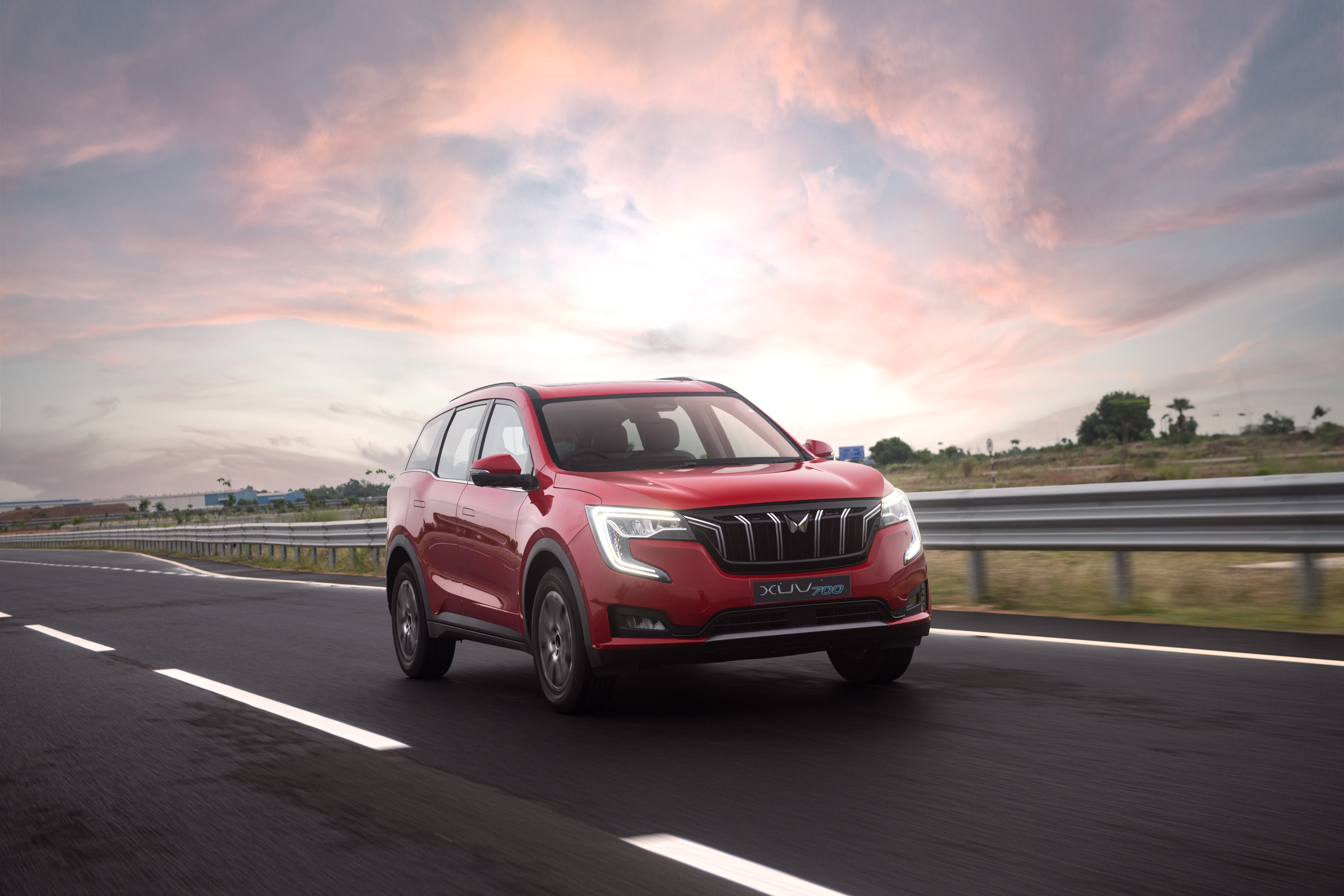
There is a choice of five exterior colours (as mentioned earlier, all with white interior) and there is no additional charge for any of them. Paint quality is very good, with some of the metallic finishes almost metal flake in appearance.
Not so impressive are the ergonomics. The seats are mounted uncomfortably high, and the adjustment is limited.
Twin screens (from the same supplier as those you’ll find in a Mercedes-Benz) dominate the cabin. One screen is the digital instrument cluster, while the other handles infotainment. Both Apple CarPlay and Android Auto are standard, but there’s no DAB+ radio or sat nav. Climate controls sit below, reassuringly old-school in their design and operation. Below that again are more buttons and a storage nook (with a wireless charging pad in the AX7L). Because the AX7 gets a traditional handbrake, it loses one of the cupholders.
The second-row seats are also quite high (which may please children who want to be able to look out) and there are air vents back there as well. Legroom and headroom are both quite acceptable. We can’t say the same for the third-row seats. As you might expect in a medium-size SUV, space is very tight and luggage space negligible with the third row raised. Strictly children only.
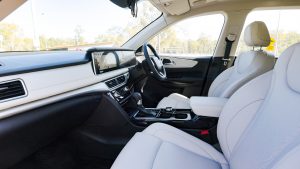
A question of safety
Mahindra tells us they are “making enquiries” about the specific requirements to attain an ANCAP safety rating and to ascertain whether special engineering might be necessary. Buyers should be aware that the rules and protocols surrounding Global NCAP are considerably less stringent than ANCAP, so the five-star Global NCAP rating needs to be understood. We feel that quoting a Global NCAP rating is confusing and a little misleading for buyers.
However, the good news is that the XUV 700 is a better safety bet than the recently released Scorpio. Safety features include autonomous emergency braking (including pedestrian detection), lane departure warning, lane keep assist, adaptive cruise control (with stop and go on the AX7L), tyre pressure monitoring and six airbags (seven in the AX7L). The AX7L also gets blind spot camera, but neither model gets blind spot monitoring or rear cross-traffic alert. Unlike the Scorpio, the curtain airbag extends all the way to the rear of the rear side windows.
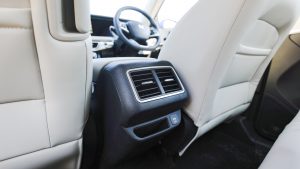
“A safe car, not a race car.”
We had to laugh when the Mahindra spokesperson defined the XUV 700 as “a safe car, not a race car”. The launch was held at a motorsport complex in Queensland, and we were encouraged to punt the XUV 700 around a race track as hard as we dared. And then there’s that lap timer on the dashboard…
Most buyers will never consider the XUV as a sports car. On the track (and the road, but less obviously), the low-down torque (380Nm from 1750rpm) does seem to be missing in action. On the track, coming out of slowish corners, there is considerable lag, and it takes some time for the power to come on song. The steering, as we discovered in the Scorpio, is far too light and provides minimal feedback. As you’d expect, understeer is the prevailing attitude and the tail can get a little loose, but is always easily controllable.
Our recommendation? Keep it away from race tracks.
In everyday use, the Aisin six-speed gearbox does its job well, and the ride refinement and comfort are more than acceptable.

Day-to-day running costs.
Cost conscious buyers (and that will almost define Mahindra buyers) need to be very aware of running costs. As we’ve said many times, the purchase price is just the beginning.
Unfortunately, we haven’t been given detailed information about servicing costs or the Mahindra’s insurance category. Past experience and anecdotal evidence indicate that servicing of Mahindra products has not been notably inexpensive, but when asked, Mahindra responded that services costs would be kept as low as possible.
We’d be putting the question to your sales person prior to making the final purchase decision.
Another running cost is fuel, and at 8.3L/100km (or 10.0L/100km in urban driving), the XUV 700 is a little thirsty, especially when you compare it to hybrids and diesel-powered alternatives. On the other hand, these will be considerably more expensive up front, so you’ll need to weigh the purchase savings over the higher fuel consumption.
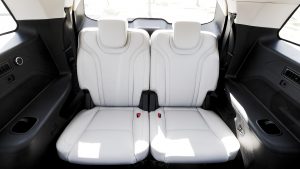
To buy. Or not to buy.
Mahindra has sold more than 100,000 XUV 700s in India since its launch in 2021, and if any market is likely to highlight weaknesses, it’s India. Mahindra predict short wait times for the XUV 700 and has plenty of stock on hand.
The diesel variant, five-seater and all-wheel drive models currently available in India are under consideration for Australia.
The Mahindra’s shortcomings will only be really apparent when it’s driven back-to-back with some of the competitors, but it still measures up remarkably well. And that should be more than sufficient to ensure healthy sales and a lot more Mahindras on our roads.
